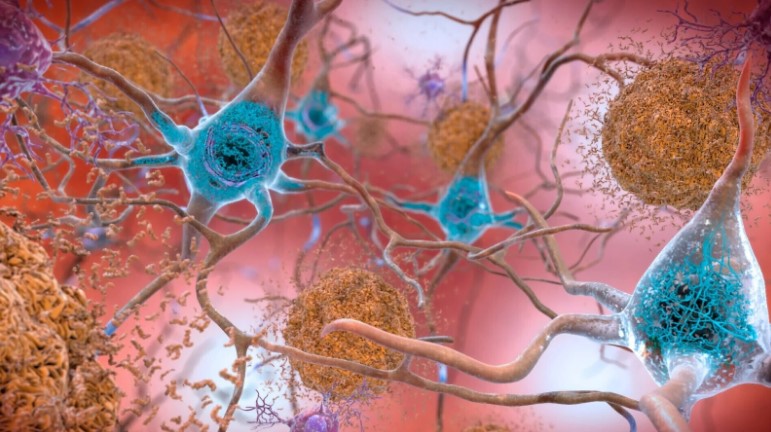Mammals: Key neurons regulate body temperature

Mammals: Key neurons regulate body temperature.
A study that could open the door to a technology that regulates body temperature. An aid in the treatment of heat stroke, hypothermia, and obesity.
EP3 neurons regulate body temperature in mammals, a group of researchers in Japan said. This discovery could pave the way for a technology that artificially regulates body temperature. Therefore help in the treatment of heatstroke, hypothermia, and obesity. Many humans and mammals have a body temperature of 37 degrees. If the temperature deviates from the normal range, then the body functions are impaired. There can be heatstroke, hypothermia, and death. These conditions could be cured if the body temperature can be artificially regulated to the normal range.
In the hypothalamus there is a part that controls the vital functions of the body and is also the center for regulating the temperature of the brain. It is not yet clear, however, which neurons issue commands to increase or decrease the body’s temperature. For the identification of these neurons, the scholars have carried out a study conducted using mice. The focus was on EP3 neurons , expression of PGE2 EP3 receptors, and studying the function to regulate body temperature. The activity of EP3 neurons changes depending on the ambient temperature .
The observation of the study revealed that the nerve fibers are spread in various areas of the brain, particularly in the dorsomedial hypothalamus (DMH). EP3 neurons use gamma-aminobutyric acid (GABA) for signaling to DMH . The role of EP3 neurons in regulating body temperature was discovered. The activation of neurons leads to a decrease in body temperature . On the other hand , their suppression has led to their increase .
For example, in a hot environment, signals are increased to suppress sympathetic outputs, resulting in increased blood flows to the skin to facilitate radiation of body heat to prevent heat stroke . However, in a cold environment, the signals are reduced to activate sympathetic outputs, which promote heat production in brown adipose tissue and other organs to prevent hypothermia . Furthermore, upon infection, PGE2 acts on EP3 neurons to suppress their activity, resulting in the activation of sympathetic outputs to develop fever.
Professor Yoshiko Nakamura



